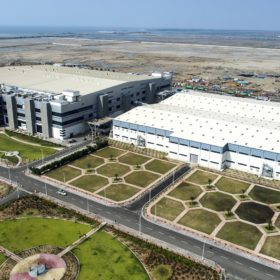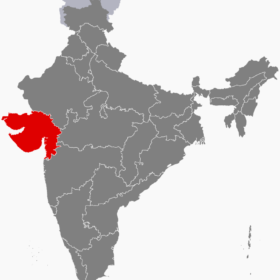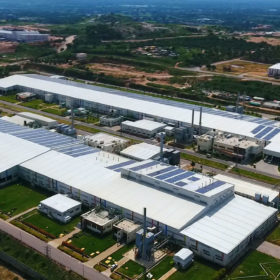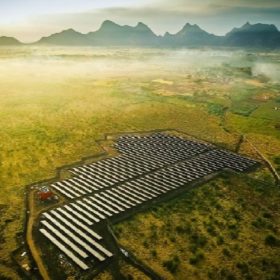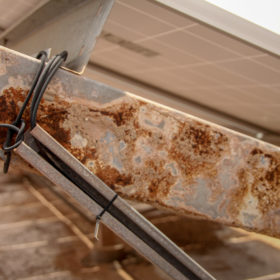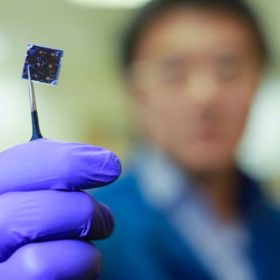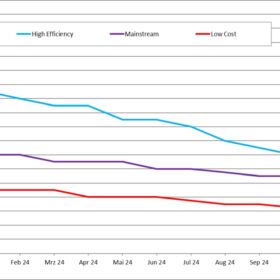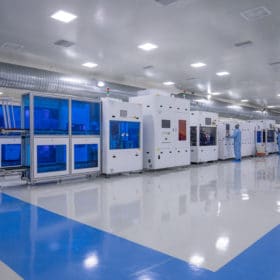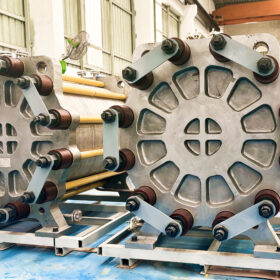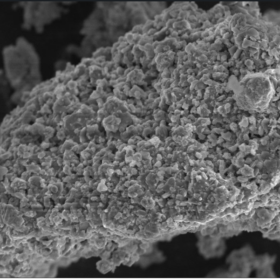Industry reacts to 25% duty; developers to cough up extra $ 72 million
From cheer to gloom, the Indian solar industry has had mixed reactions to the Supreme Court’s interim order lifting the stay on imposition of 25% safeguard duty on imported solar cells and modules.
India’s Supreme Court allows imposition of 25% duty on solar imports – reports
In a significant move, which will greatly impact India’s solar industry, the country’s Supreme Court has reportedly given the go-ahead for the government to impose 25% safeguard duties on imports of PV cells and modules. The levy will be effective July 30, 2018.
India’s first solar bike track corridor to open next March
India’s first solar bicycle track corridor, which is set to generate around 6 MW of clean power daily, is scheduled to be operational in March 2019. Covering 12 km, the corridor will stretch from Mubarka Chowk to Wazirabad in New Delhi’s Outer Ring Road.
500 MW Gujarat solar tender oversubscribed 4 times
Gujarat Urja Vikas Nigam Limited (GUVNL)’s re-tender of the annulled 500 MW grid-connected solar PV tender has been oversubscribed by almost four times. Technical bids aggregating 1,925 MW have been submitted against the tendered capacity of 500 MW.
Amara Raja to open 100 MWh Li-ion battery fab, eyes demand from EVs
Following hot on the heels of Exide Industries, lead acid battery maker, Indian-based Amara Raja Batteries Limited has said it will set up a 100 MWh lithium ion assembly plant in Andhra Pradesh. The company aims to establish a foothold in the energy storage market for electric vehicles.
MNRE proposes shorter commissioning time for solar projects
To meet its 100 GW solar target by 2022, India’s Ministry of New & Renewable Energy (MNRE) has proposed shortening the commissioning period for solar projects.
Deger Energie, Kavitsu announce new PV tracker manufacturing fab in Maharashtra
Germany’s Deger Energie and India-based Kavitsu Robotronix will open a new solar PV tracker manufacturing facility in India. The first products are set to come off the production line in January 2019.
PV installations in Q2 fall by half
In the second quarter, India installed solar projects amounting to 52% less capacity quarter-over-quarter, due to uncertainties around trade cases, module price fluctuations, and PPA renegotiations prompted by record low solar tender bids.
Government focuses on PV quality concerns
The award of the nation’s first solar project quality certificate may signal a renewed determination by the federal authorities to crack down on low-quality panels – with Far Eastern imports firmly in their sights.
New efficiency record for perovskite-CIGS tandem
Researchers from the University of California, Los Angeles, have set a new record 22.4% conversion efficiency for a tandem cell combining a lead-based perovskite layer with CIGS technology. The record has been confirmed by the U.S. National Renewable Energy Laboratory.
